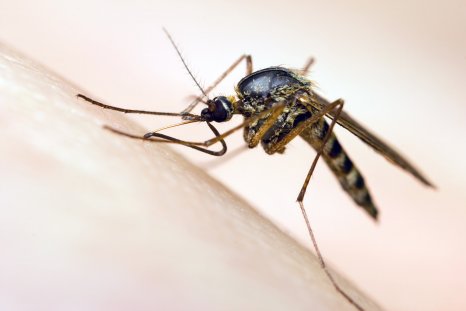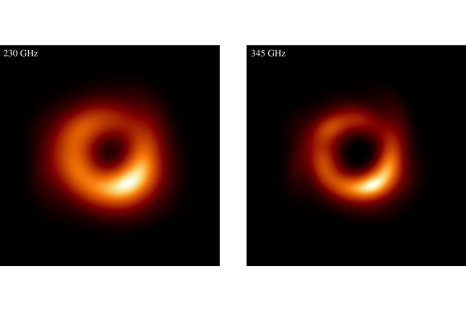A newly published study has revealed that a prehistoric sea cow was the target of two different predators—an ancient crocodile and a tiger shark—providing rare insights into the complex food chains from millions of years ago.
The research, conducted by an international team of scientists and published in the Journal of Vertebrate Paleontology, uncovers one of the few known instances where a single prey was attacked by multiple predators.
"This is extremely rare," Aldo Benites-Palomino, lead author of the research from the Department of Paleontology at Zurich, told Newsweek.
"It's uncommon in the fossil record to find this evidence, but if you're lucky enough to get both a predator and scavenger eating the same prey and having that preserved, then it is one of the rarest findings in the fossil record."
The sea cow, belonging to the extinct genus Culebratherium, was first attacked by a crocodile, which attempted to suffocate the creature by biting its snout. Benites-Palomino explained that this method of hunting is the same kind of "death roll" used by crocodiles today.
Evidence then shows that after the initial attack, the sea cow's remains were scavenged by a tiger shark, a tooth of which was found near the unlucky animal's neck.
"Have you seen the Batman movie? There is a scene where he and Alfred are shooting bullets to try and figure out which specific type of bullet they are trying to find," Benites-Palomino said.
"Our research was framed in exactly the same way. We have these experiments in the wild where predators are attacking their prey, and then afterwards we try to compare which is the best suite of scenarios for what we're finding there."
The fossilized remains of this ancient sea cow were discovered in the Agua Clara Formation in northwestern Venezuela. They tell a violent story of events from the Early to Middle Miocene epoch—23 million to 11.6 million years ago.
The find is particularly significant as it adds to the limited fossil record of multiple predators interacting with a single prey. Such interactions are common in today's ecosystems, but are rarely documented in the fossil record, making this discovery an important piece of the puzzle in understanding ancient food webs.
"We have been unsure as to which animals would have served this purpose as a food source for multiple predators. Our previous research has identified sperm whales scavenged by several shark species, and this new research highlights the importance of sea cows within the food chain," Benites-Palomino said in a statement.
"While evidence of food chain interactions are not scarce in the fossil record, they are mostly represented by fragmentary fossils exhibiting marks of ambiguous significance. Differentiating between marks of active predation and scavenging events is therefore often challenging.
The excavation, directed by Marcelo Sanchez-Villagra, head of the Palaeontological Institute and Museum in Zurich, Switzerland, was both challenging and rewarding. The site was initially discovered by a local farmer who spotted unusual rocks, prompting the team to investigate further and ultimately unearth the sea cow fossils.
"Initially, we were unfamiliar with the site's geology, and the first fossils we unearthed were parts of skulls. It took us some time to determine what they were—sea cow skulls, which are quite peculiar in appearance," Sanchez-Villagra said in a statement.
The fossil's excellent preservation, attributed to the fine sediments in which it was embedded, allowed the researchers to observe the intricate details of the predation marks.
"The operation took about seven hours, with a team of five people working on the fossil. The subsequent preparation took several months, especially the meticulous work of preparing and restoring the cranial elements," Sanchez-Villagra said.
Do you have a tip on a science story that Newsweek should be covering? Do you have a question about paleontology? Let us know via science@newsweek.com.
References
Benites-Palomino, A., Aguirre-Fernández, Gabriel, Velez-Juarbe, J., Carrillo-Briceño, J. D., Sánchez, R., & Sánchez-Villagra, M. R. (2024). Trophic interactions of sharks and crocodylians with a sea cow (Sirenia) from the Miocene of Venezuela. Journal of Vertebrate Paleontology. https://doi.org/10.1080/02724634.2024.2381505
Disclaimer: The copyright of this article belongs to the original author. Reposting this article is solely for the purpose of information dissemination and does not constitute any investment advice. If there is any infringement, please contact us immediately. We will make corrections or deletions as necessary. Thank you.



